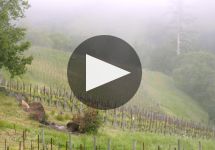Flowers Sonoma Coast Chardonnay 2007
-
Connoisseurs'
Guide
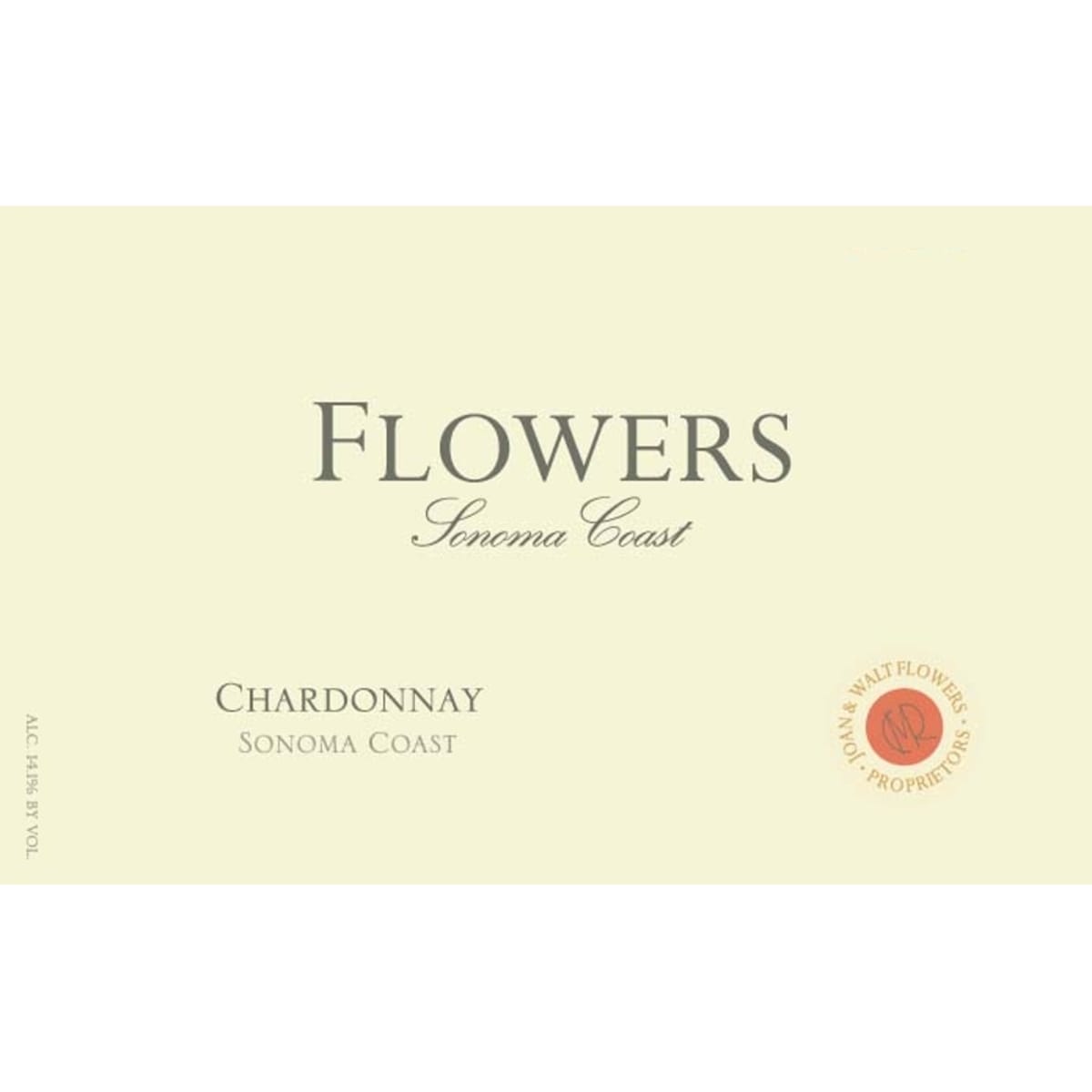

Product Details
Your Rating
Somm Note
Winemaker Notes
Professional Ratings
-
Connoisseurs' Guide
On the one hand sweet and juicy, but on the other a bit bound up by its finishing acids, this firmly balanced, moderately deep effort clearly needs some time to unfold. Its intense themes of ripe apples are accented with highlights of citrus, minerals and green herbs, and, even if a bit truncated at the finish just now, it shows the kind of concentration and substance to encourage two or three years of keeping.
Other Vintages
2023-
James
Suckling -
Wine
Spectator - Vinous
-
Wine
Enthusiast -
Jeb
Dunnuck -
James
Suckling - Decanter
-
Wine
Spectator
-
Wine &
Spirits -
James
Suckling -
Wine
Spectator -
Wine
Enthusiast -
Robert
Parker
-
James
Suckling -
Jeb
Dunnuck -
Wine
Spectator
-
Wine
Enthusiast -
Jeb
Dunnuck -
Wine
Spectator -
Robert
Parker
-
James
Suckling -
Wine
Enthusiast -
Robert
Parker
-
Robert
Parker - Decanter
-
Wine
Enthusiast
-
Wine &
Spirits -
Wilfred
Wong
-
Wine &
Spirits -
Wilfred
Wong
-
Wine &
Spirits
-
Wine
Enthusiast
-
Wine &
Spirits
-
Wine &
Spirits
-
Wine &
Spirits
-
Wine &
Spirits

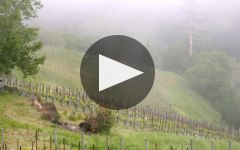
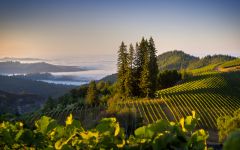
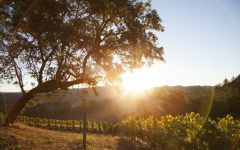
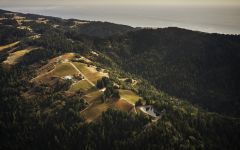
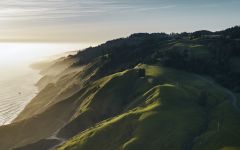
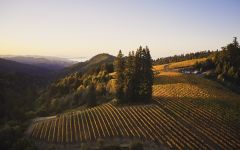

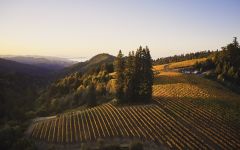
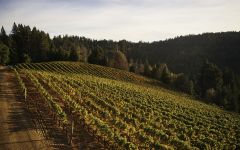
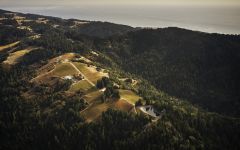

Over 25 years ago, Flowers Vineyards and Winery pioneered the growing of Pinot Noir and Chardonnay on the rugged coastal ridges of the extreme Sonoma Coast. Joan and Walt Flowers had a simple goal, to make exceptional wine that captures the wild beauty of the land and the spirit of the Sonoma Coast. This idea continues to drive everything we do - farming responsibly, harvesting by hand, using 100% native fermentation, and making wine with minimal intervention. Our unwavering commitment to crafting distinctive wines that capture the spirit of the Sonoma Coast has been the bedrock of our success, and it will continue to drive us forward for years to come.
Perched on top of soaring coastal ridges that border the nearby Pacific Ocean, our estate vineyards, Camp Meeting Ridge and Sea View Ridge, rise to impressive elevations from 1,150 to 1,875 feet. Flowers resides in the Fort Ross-Seaview American Viticulture Area (AVA), which was established in 2012 and located on the extreme western edge of the Sonoma Coast Appellation. Defined by elevation, rugged terrain and proximity to the Pacific Ocean, vineyard plantings are limited to 920-1,800+ft above sea level and are only 2% of the total AVA acreage.
The Pacific Ocean is less than two miles from the vineyards, generating cooling sea breezes and coastal fog while the soaring elevations ensure abundant sunshine for a long, slow growing season. Together they create an ideal environment for elegant and nuanced Pinot Noir and Chardonnay.

One of the most popular and versatile white wine grapes, Chardonnay offers a wide range of flavors and styles depending on where it is grown and how it is made. While it tends to flourish in most environments, Chardonnay from its Burgundian homeland produces some of the most remarkable and longest lived examples. California produces both oaky, buttery styles and leaner, European-inspired wines. Somm Secret—The Burgundian subregion of Chablis, while typically using older oak barrels, produces a bright style similar to the unoaked style. Anyone who doesn't like oaky Chardonnay would likely enjoy Chablis.

A vast appellation covering Sonoma County’s Pacific coastline, the Sonoma Coast AVA runs all the way from the Mendocino County border, south to the San Pablo Bay. The region can actually be divided into two sections—the actual coastal vineyards, marked by marine soils, cool temperatures and saline ocean breezes—and the warmer, drier vineyards further inland, which are still heavily influenced by the Pacific but not quite with same intensity.
Contained within the appellation are the much smaller Fort Ross-Seaview and Petaluma Gap AVAs.
The Sonoma Coast is highly regarded for elegant Pinot Noir, Chardonnay, and, increasingly, cool-climate Syrah. The wines have high acidity, moderate alcohol, firm tannin, and balanced ripeness.
